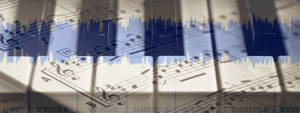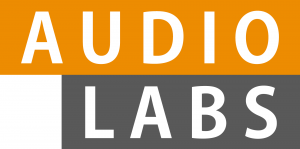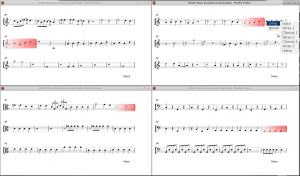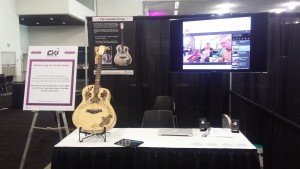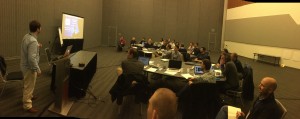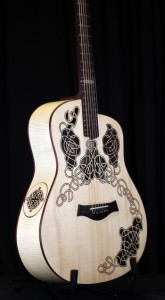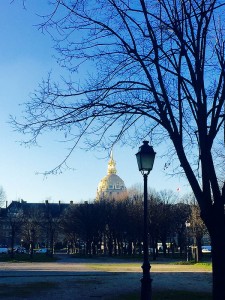From 16-18 June 2016, the Centre for Digital Music (QMUL) including members from the FAST project presented a public exhibition of its research at the Sonar+D festival, a high-profile annual event in Barcelona which caters to musicians, the music technology industry, and members of the general public. C4DM was chosen by competitive application for a display booth (roughly 4m x 4m) on the exhibition floor, in a prime location near the entrance to the facility. 12 C4DM researchers, including PhD students, postdocs, early- and mid-career academics, attended to showcase their work.
The event was attended by thousands of people, mainly adults but also occasionally children. The booth had many visitors from both large and small businesses, including several different members of the music company Focusrite. Several musicians who were performing and speaking at Sonar also attended the booth, including the well-known composer Brian Eno who took an interest in several of the research projects. The event raised the public profile of C4DM and the individual projects within it.
The projects shown directly related to FAST were:
- Bela, an open-source platform for ultra-low-latency audio and sensor processing, which launched on Kickstarter in 2016. Bela attracted significant interest from Sonar attendees;
- Moodplay, a mobile phone-based system that allows users to collectively control music and lighting effects to express desired emotions;
- MixRights, a demo of how content reuse is enabled by emerging MPEG standards, such as IM AF format for interactive music apps and MVCO ontology for IP rights tracking, driving a shift of power in the music value chain.
Other C4DM projects shown were:
- Augmented Violin, a sensor-based extension of the traditional violin to give students constructive feedback on their playing
- Tape.pm, an interactive object which explores novel ways to record and share an improvisation that is created on a musical instrument;
- Aural Character of Places, an interactive online demo of soundwalks conducted around London;
- TouchKeys, a transformation of the piano-style keyboard into an expressive multi-touch control surface, launched on Kickstarter in 2013 and spun out into a company in 2016;
- Collidoscope, a collaborative audio-visual musical instrument which was a viral hit online with over 10M views;
- RTSFX (Real-Time Sound Effects), an online library of real-time synthesised (rather than sampled) sound effects for a variety of different objects and environmental sounds.
The Sonar+D exhibition generated substantial publicity for C4DM and the FAST project, with thousands of people attending the booth. The Sonar+D organisation also featured C4DM in its online media and videos, and we were interviewed for a broadcast on Spanish television. Finally, C4DM and FAST attendees at Sonar+D also had the opportunity to see other booths and talks at the event, generating new ideas and connections for future projects.
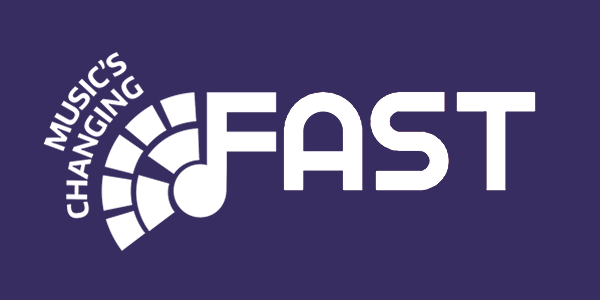


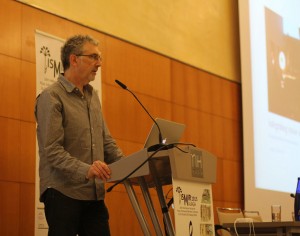 The honour was awarded in recognition for Professor Sandler’s research contributions in digital music, and in particular computer generated musical analysis.
The honour was awarded in recognition for Professor Sandler’s research contributions in digital music, and in particular computer generated musical analysis.